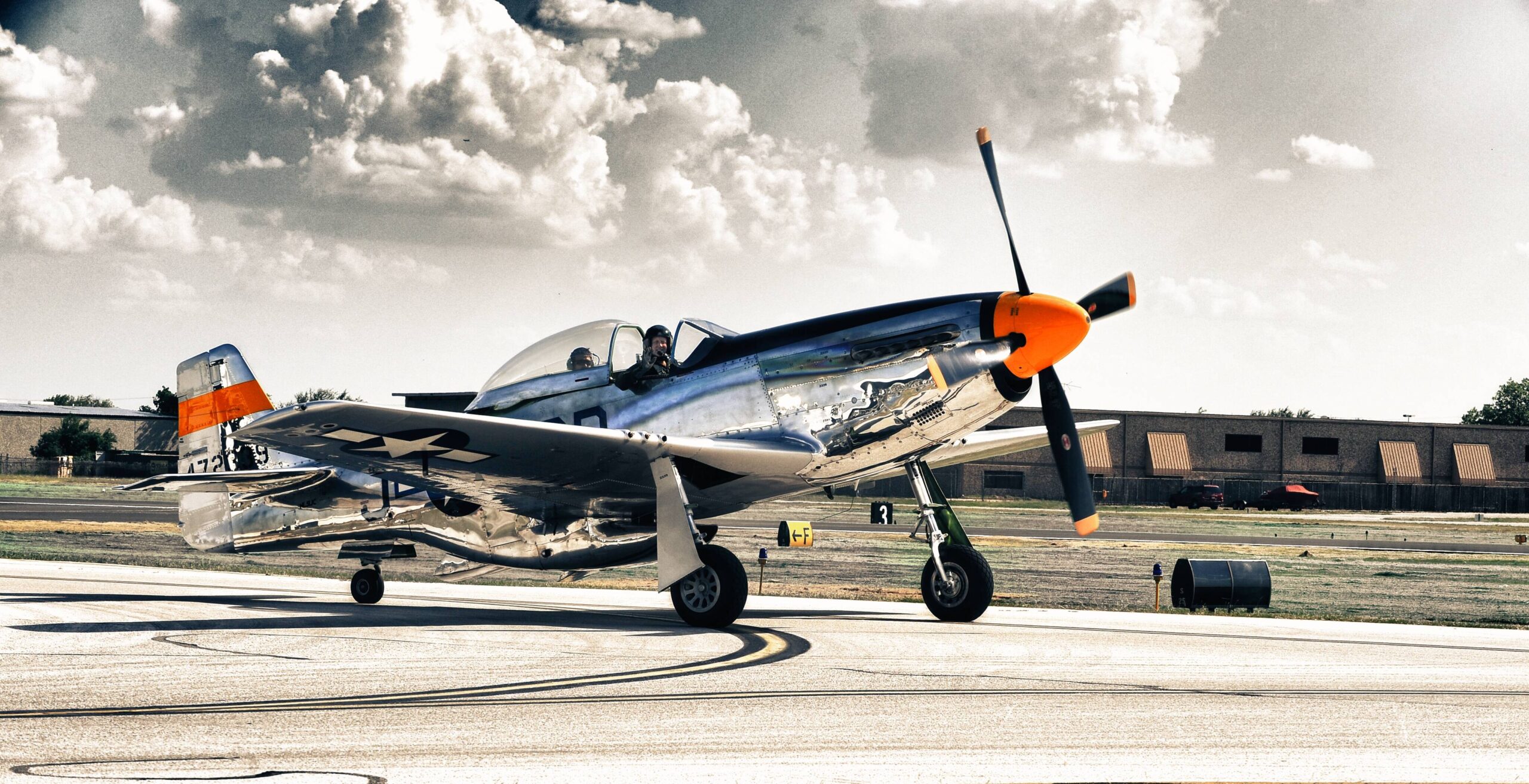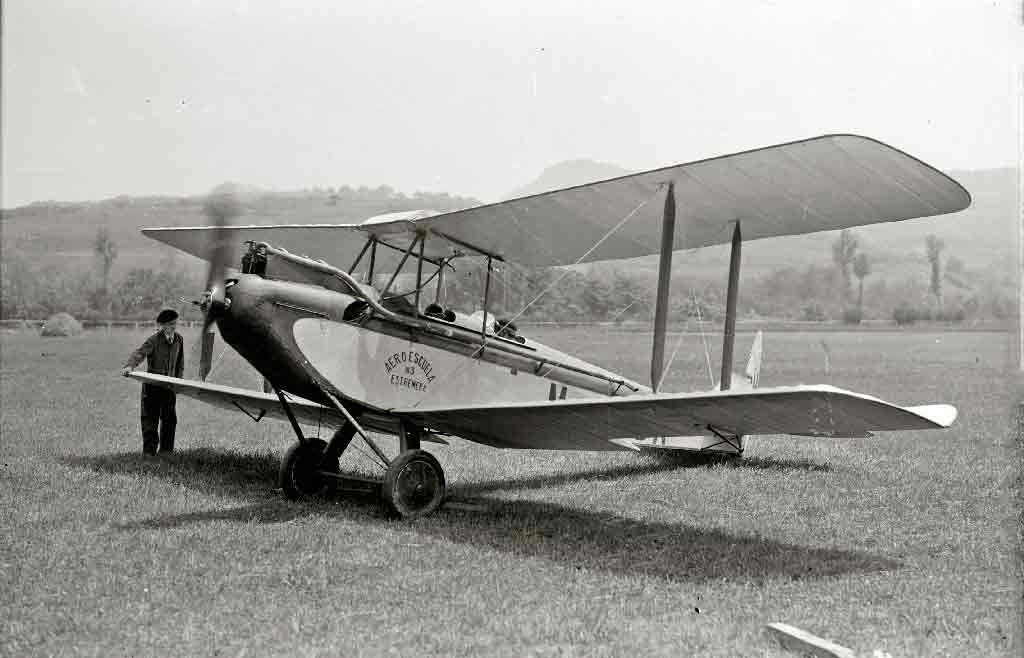
They changed the face of our world, revolutionizing everything from war and exploration to tourism and commerce.
Trips that once took weeks or even months can now be completed in a matter of hours. But more than just incredible feats of engineering, they are also things of beauty.
The website newatlas made a selection of what they consider the 10 best examples of aeronautical art in the 115-year history of aviation. See the list below
+ Baba Vanga’s Predictions: Alien Invasion and a New Pandemic
+ Meet Pyero Tavolazzi, the man who discovered the intelligence of the century
1 – Constellation

The impressive Constellation, nicknamed Connie, was conceived by the Lockheed Corporation in 1939 to meet the needs of one man: the magnate of companies Howard Hughes.
The goal was to build an airplane that, according to then-research engineer Kelly Johnson, “carried more people farther and faster than ever before, and economically enough to broaden the acceptance of flight as an alternative to train, ship, and car.”
It was built between 1943 and 1958, but served until the 1990s. It was the first plane to carry the Air Force One designation for President Eisenhower.
The image shows the USAF’s military version C-69, displaying the unmistakable triple tail of the Constellation.
2 – Concorde

Its elegant silhouette is among the most recognized in aviation.
The Concorde was the result of a merging of simultaneous projects in Great Britain and France, both working to develop the first supersonic airplane.
The Concorde could cross more than twice the speed of sound, reducing the flight time from New York to London to about three hours.
A catastrophic accident in 2000, followed by the events of September 11, 2001, were among the final nails in the coffin of the aircraft, which made its last flight in 2003.
The last Concorde now resides in the Aerospace Bristol aerospace museum.
3 – Grumman F7F Tigercat

Pictured here in its U.S. Marine Corps paintwork, the Grumman F7F Tigercat was a heavy fighter in service between 1944 and 1954.
Despite its heavy-duty purpose, Grumman designed a beautiful machine that somehow looks sleek and muscular at the same time. The aircraft only saw combat in the Korean War and, following military service, a small number were adapted to fight wildfires between the 1960s and 1980s.
4 – Macchi MC72

The seaplane was designed and built for speed. Flying only between 1931 and 1934, the Italian-made experimental aircraft did what it set out to do: become the fastest plane to fly.
With an average speed of 709.2 km/h over three races, the record lasted five years.
It remains the fastest single-engine seaplane to have ever flown.
5 – P-51 Mustang

The North American Aviation P-51 Mustang was conceived as a combat aircraft for the British in World War II, who were eyeing America’s Curtiss Tomahawk as a replacement for the Spitfire and Hurricane. The Mustang gained fame as a long-range escort fighter and for its effectiveness in attacks on enemy facilities.
6 – B-2

The B-2 Stealth Bomber is a menacing presence and an imposing sight, even in non-hostile territory. You are first struck by the noise, or rather, the lack of it. And then by its size – it has a wingspan of 52 meters. Then, when it passes, its flat cross-section makes it very difficult to see. Despite being lethal, it is beautiful to behold.
7 – Supermarine Spitfire

Built for speed, maneuverability, and ease of flight, the design of the Supermarine Spitfire also proved extremely adaptable. There were 24 versions submitted between 1938 and 1948, when production ended. Over this time, it went from a relatively weak machine to a proven battle winner, playing a key role in the Battle of Britain and the D-Day invasion of Normandy. One of the iconic symbols of World War II, largely thanks to its beautiful elliptical wings, the Spitfire was beloved by its pilots.
8 – Vickers VC10

There’s something archetypal about the Vickers VC10. This is partly due to its large wings, which were designed to give the takeoff and landing performance of a much smaller aircraft for use at airports with short runways or high-altitude locations. Despite being very popular among passengers and crew, the trend of extending runways nullified its competitive advantage as a passenger aircraft, and its design proved unsuitable for new engine technology. While production ceased in 1970, the Royal Air Force flew the VC10s until 2013.
9 – Avro Avian

Originally conceived to participate in the 1926 Lympne light aircraft trials, the Avro Avian is perhaps best known as the plane chosen by Amelia Earhart.
She piloted a 594 Avian III on her historic transatlantic flight in 1928. It entered the history books again that year when Wop May flew medicines to the Canadian prairies following a diphtheria outbreak.
The flight was dubbed “the race against death.”
10 – Blériot XI

The Blériot XI was built and piloted by Louis Blériot in 1909 – perhaps most notably when he crossed the English Channel, the first time a heavier-than-air aircraft did so.
Blériot sold the aircraft all over the world and it remained in production until the start of World War I.
Restored versions are considered the oldest aircraft still in operation today. Mikael Carlson (pictured) recreated the historic channel crossing in 1999, 90 years after the original feat.

